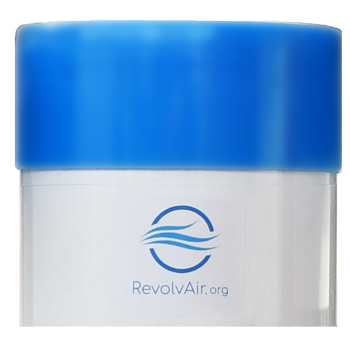325 928 080$


By reducing its emissions of fine particulate matter (PM 2.5), this industry could decrease the costs related to health problems caused by fine particles. For the year 2023 only, this potential is estimated at 325 928 080$. This claim is based on a 2022 Health Canada study titled « Health benefits per tonne of air pollutant emissions reduction ».
It can be read that each reduction of one ton of emissions would result in a saving of $340,000 to $520,000 in health-related expenses.

Would you like to measure pollutants emitted by the nearby industries?
Our air quality analysis station will allow you to know the quality of the air you and your family breathe in real time. You will also produce open scientific data for scientists and society to use, helping us fight for our right to clean air. Made in Québec!
Learn morePM2.5 - Particulate Matter <= 2.5 Micrometers
0 $ $ Benefit for the reduction of fine particles (PM 2.5)



